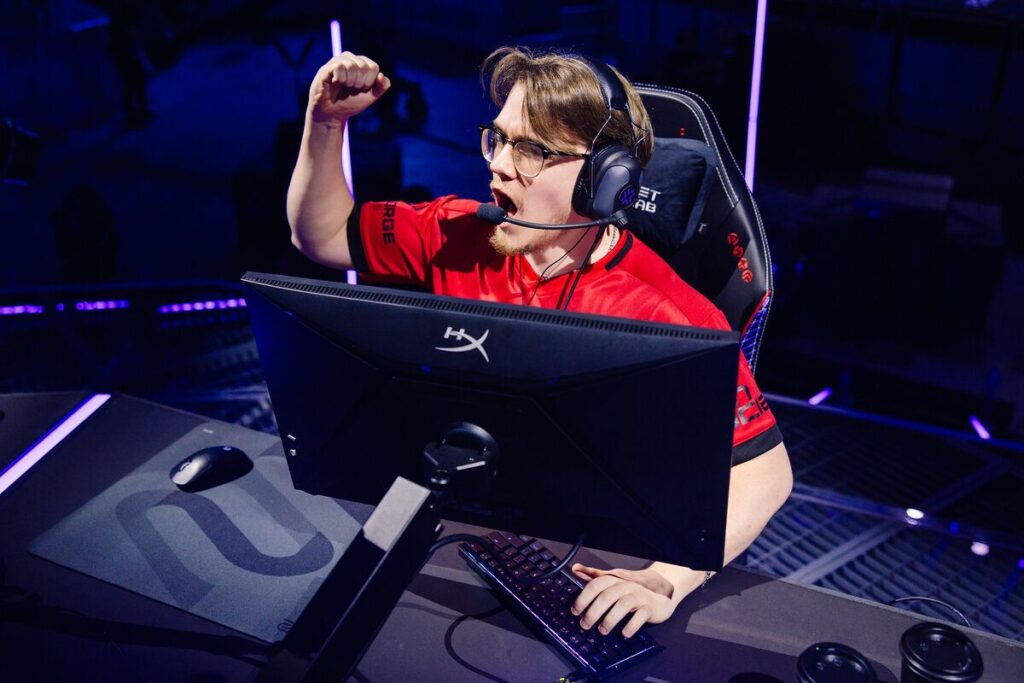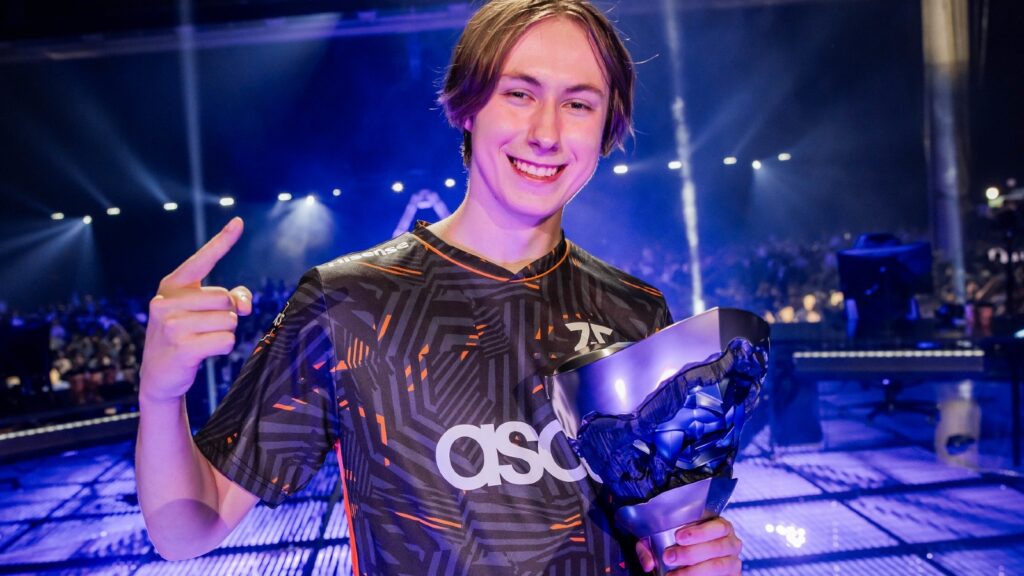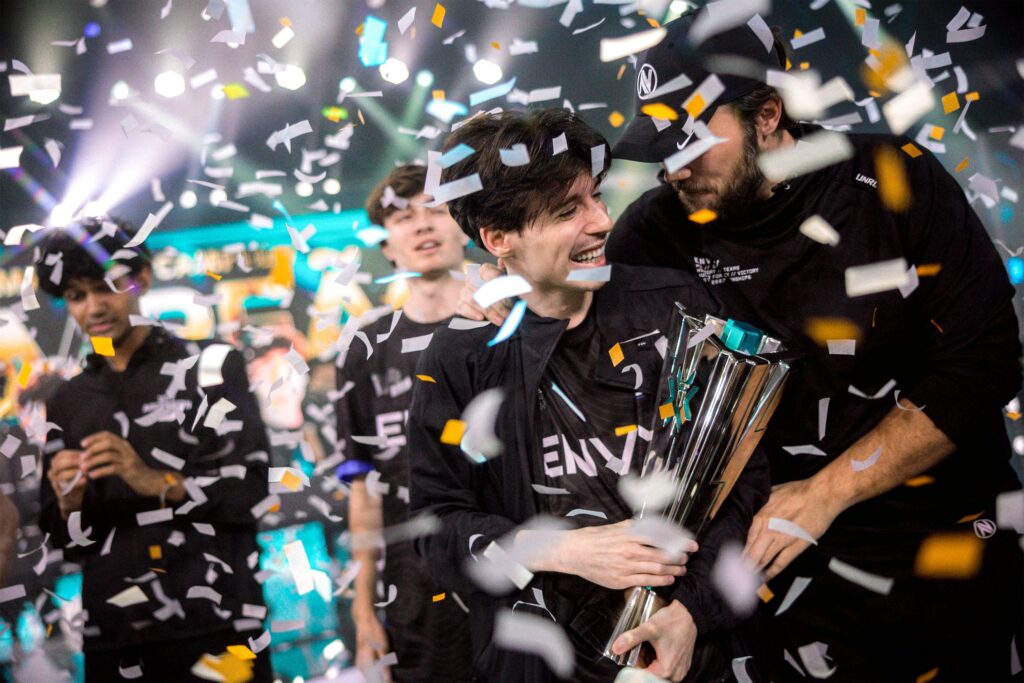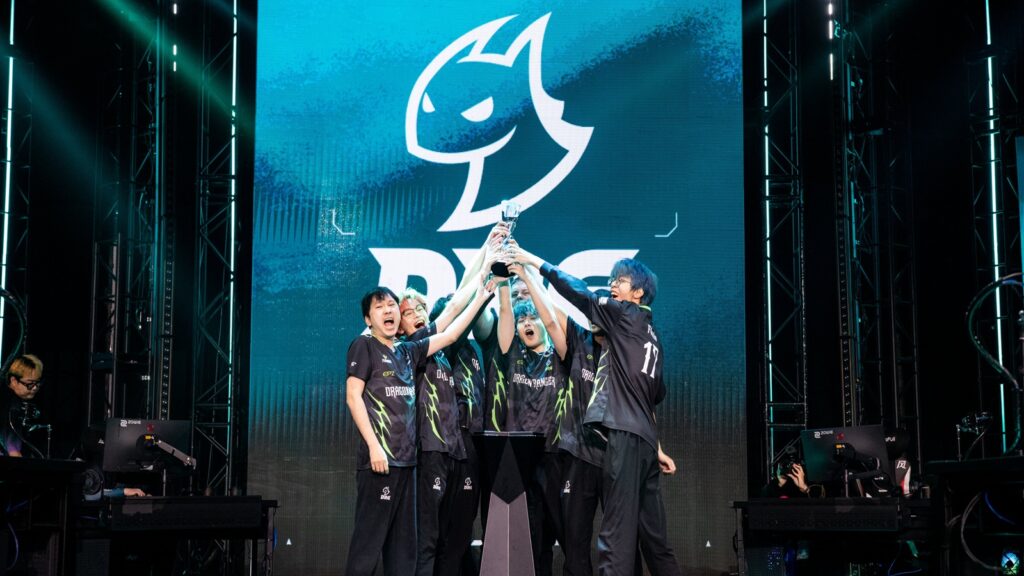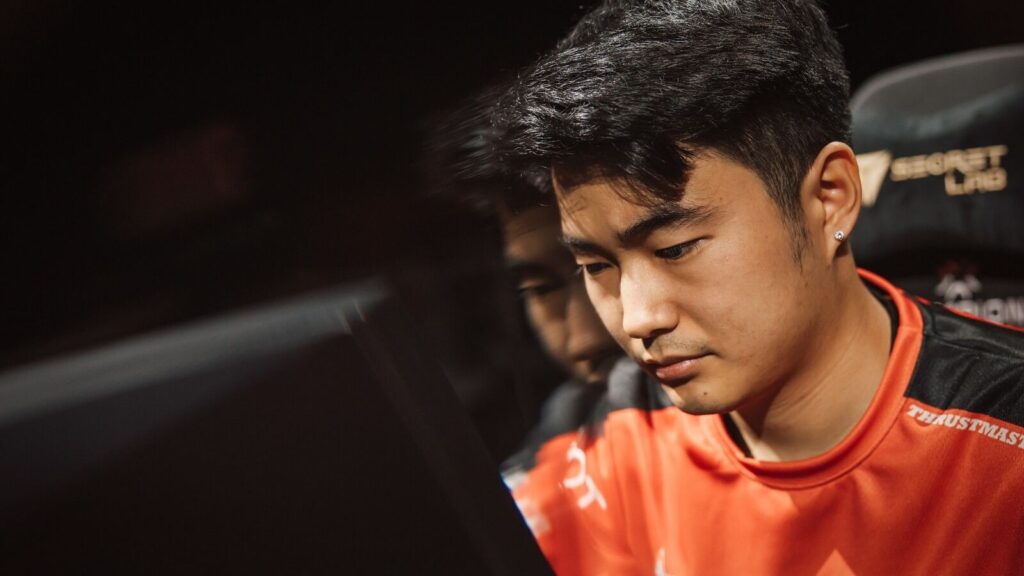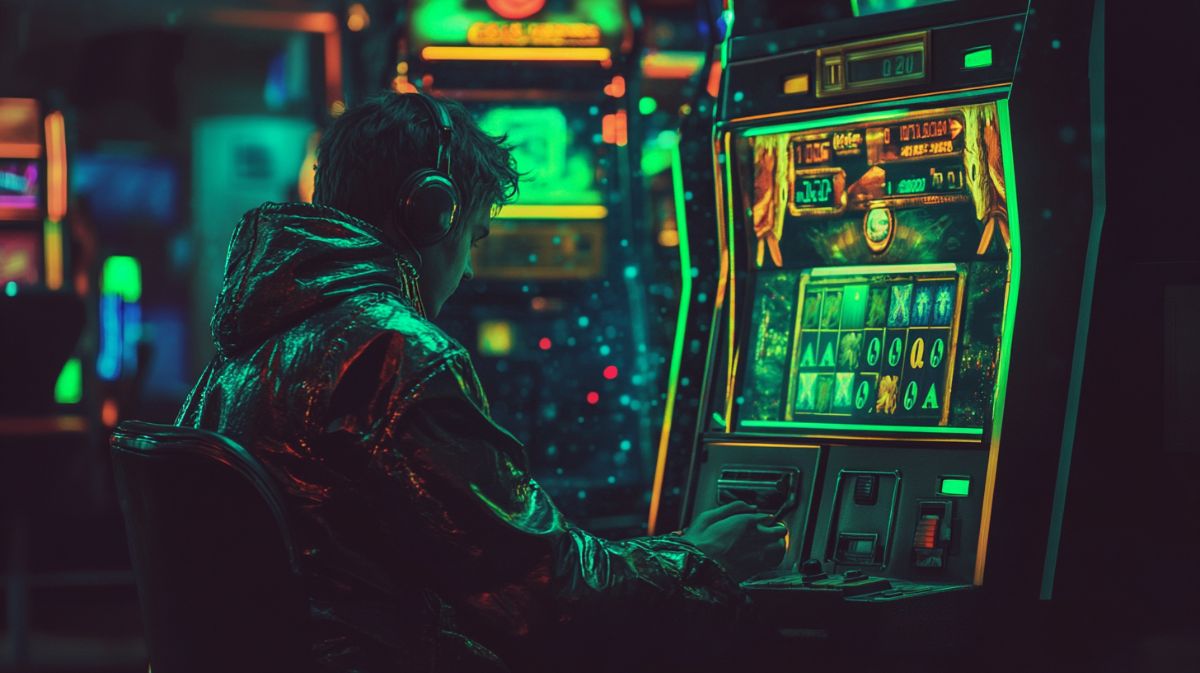How much money does VALORANT make annually?
How much money VALORANT makes annually is one of the most asked questions by its fanbase. VALORANT which launched in 2020 has proved to be one of Riot Games’ biggest hits as the game continues to pull in huge amounts of money through skins as well as the esports ecosystem. Therefore, many gamers are eager to know about Riot Games’s revenue from VALORANT.
Annual Revenue of VALORANT: A Breakdown of Earnings
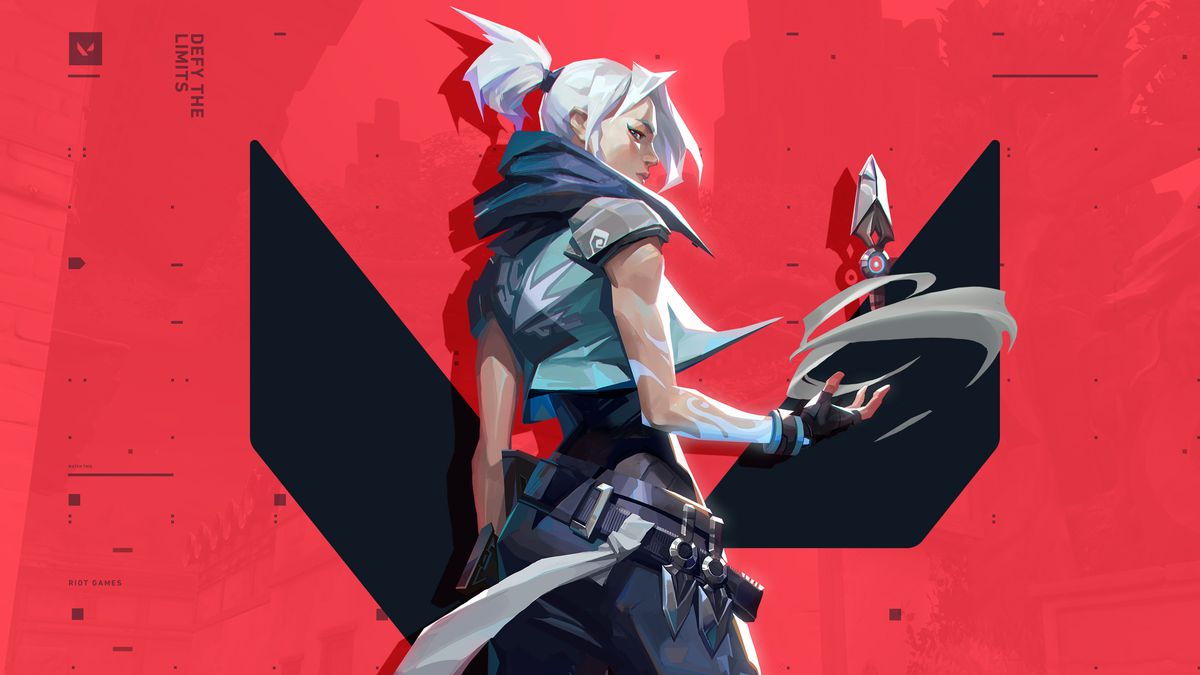
Image Credits: Riot Games
Before we dive into the numbers, it’s important to note that Riot Games hasn’t officially disclosed VALORANT’s revenue. However, we’ve compiled all the prominent data, such as sales figures and esports revenue, reported by third-party sources.
Skin Sales Revenue
It’s no secret that VALORANT earns a huge chunk of money via the weapon skins. A VALORANT skin bundle reportedly brings more than $20 million to Riot Games in a single month. This suggests a high demand for cosmetic items among gamers.
It’s also worth noting that the Champions skin bundle which was released during the finals of the 2022 VALORANT Champions Tour has brought in $18.72 million of revenue annually. This not only boosted revenue for Riot Games but also benefited the esports teams, with 50% of the bundle’s profits being split among the 16 participating teams.
India Revenue
VALORANT also enjoys a favorable audience in India, similar to other emerging markets. In this region, the game earns roughly 1 million dollars per month. With 250,000-300,000 active players spending an average of $4 monthly on virtual items, the game’s popularity and players’ willingness to make in-game purchases are evident.
Esports Revenue
Here, one should remember that direct revenue from the VALORANT esports scene might not necessarily be the most significant income-maker but is a core part of the financial cycle. VALORANT franchised teams and Riot Games have stipends for teams, which means it has a sustainable ecosystem for competitive teams.
The tournaments like VALORANT Champions Tour also act as the marketing platform and help to pull big audiences and subsequently, attention to the game. This, in turn, increases the number of participants and skin sales as fans tend to buy skins for their favorite teams or in celebration of esports events.
